Key Steps of the Invention Process
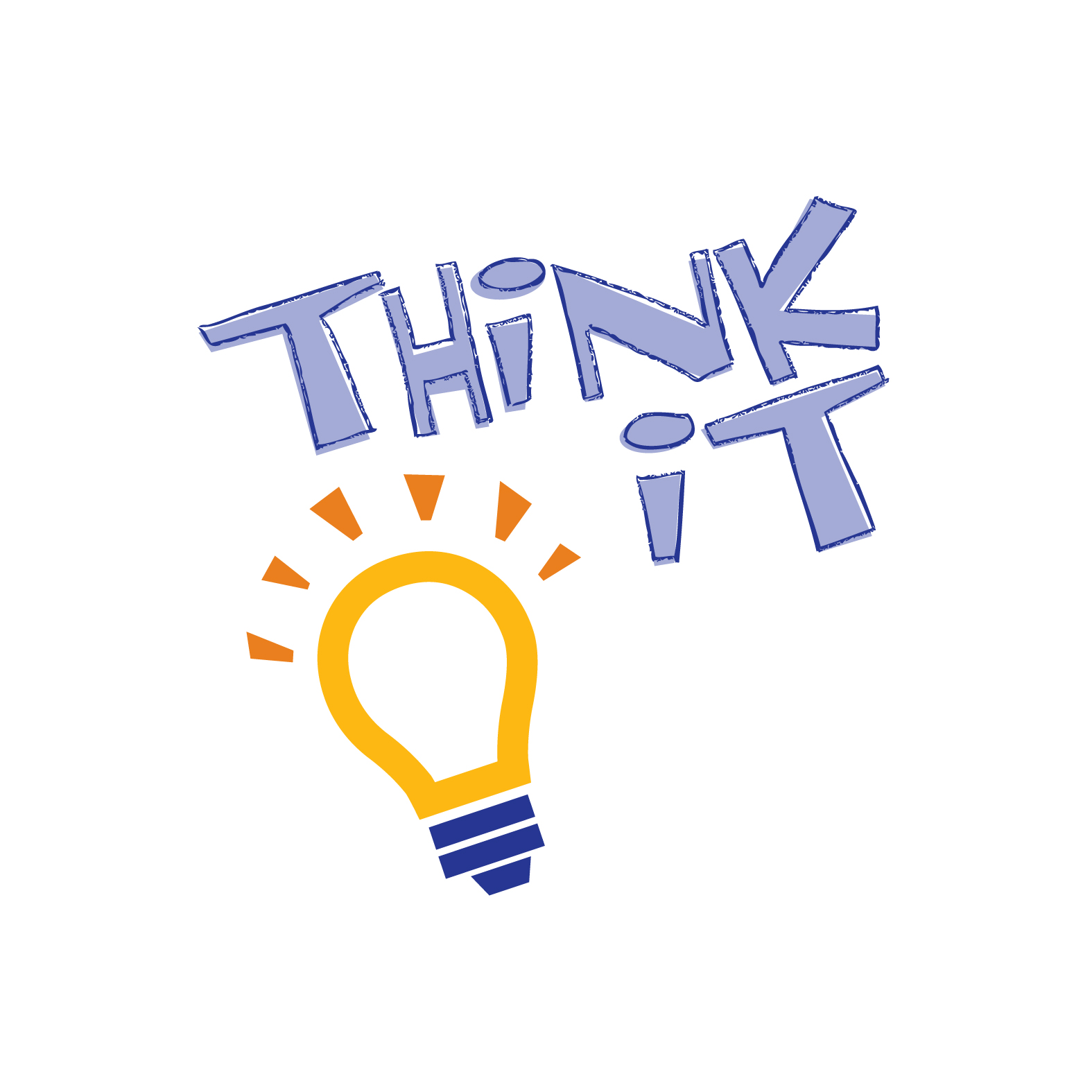
Step One: Think it
Invention is all about solving problems, so your first step is to identify a problem or challenge you want to work on. Look around you – what natural disaster challenges do you see in your
community, region, nation, or across the globe? Ask friends, teachers, and family members about natural disaster preparation and relief issues that are important to them. Make a list, and choose the one that you want to help solve

Step Two: Explore it
If you’ve identified a natural disaster preparation and relief problem that affects many people around you (or even around the world), you’re probably not the first inventor to try to solve it! Do some research to learn how others have addressed the problem. What do you like about their solutions, and what do you think you can improve? Think about what your invention will do, who
it will be for, and how it will be different from any of the other inventions you read about.
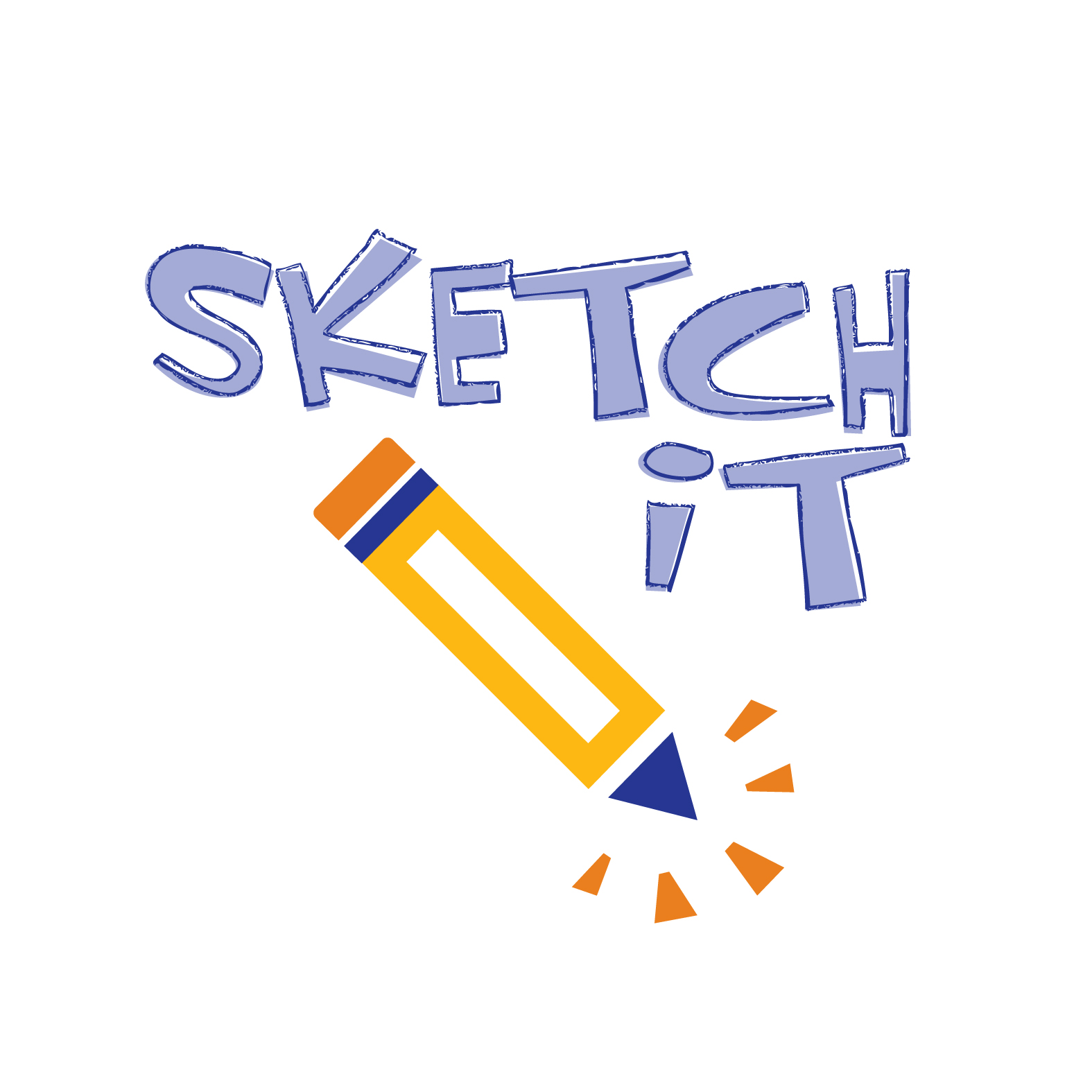
Step Three: Sketch it
Once you have a basic plan for your invention, make some simple sketches of your idea to show how it might work. Sketching helps you get the idea out of your head and onto paper where you can really see it!
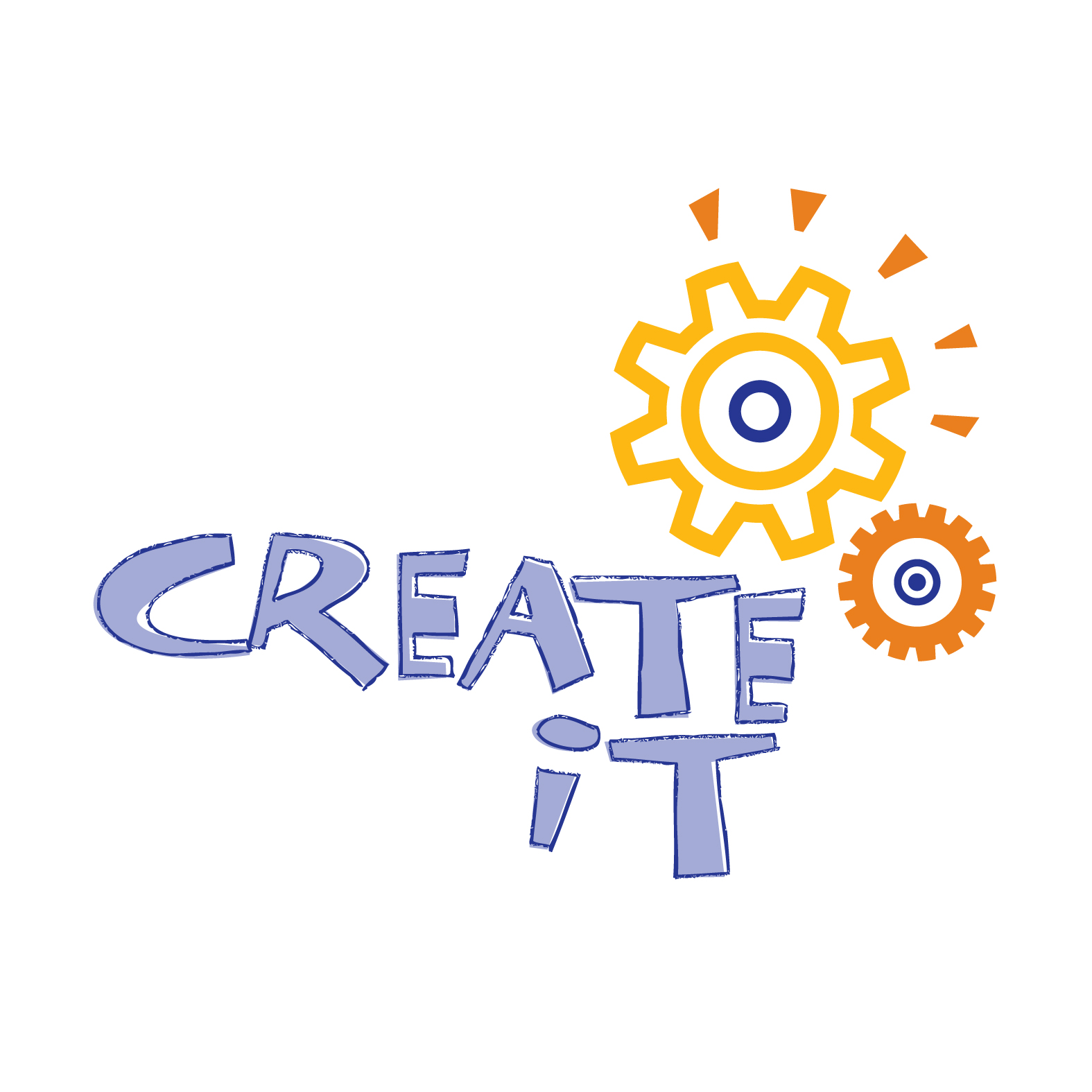
Step Four: Create it
For many inventors, this is the most fun part of the invention process! This is where you create a prototype, or model, of your invention. Using your sketches as a guide, build a prototype. Creating your prototype will help make your ideas visible to others.
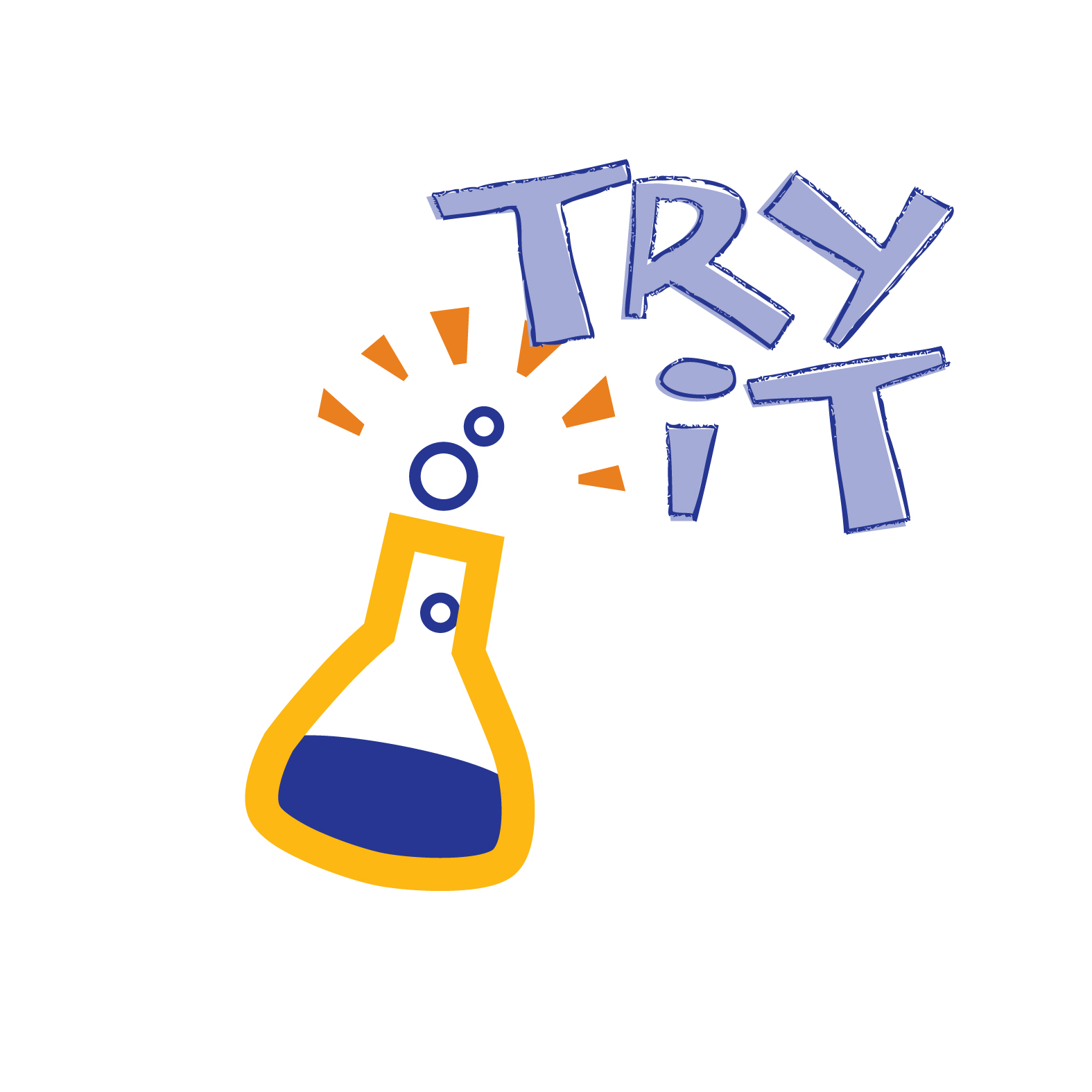
Step Five: Try it
Once your prototype is finished, ask friends, teachers, parents, and neighbors to try it or review it. It’s even better if you test it with someone who is affected by or interested in the
natural disaster preparation and relief problem you’re trying to solve. What suggestions do they have for making your invention better or more eco-friendly?
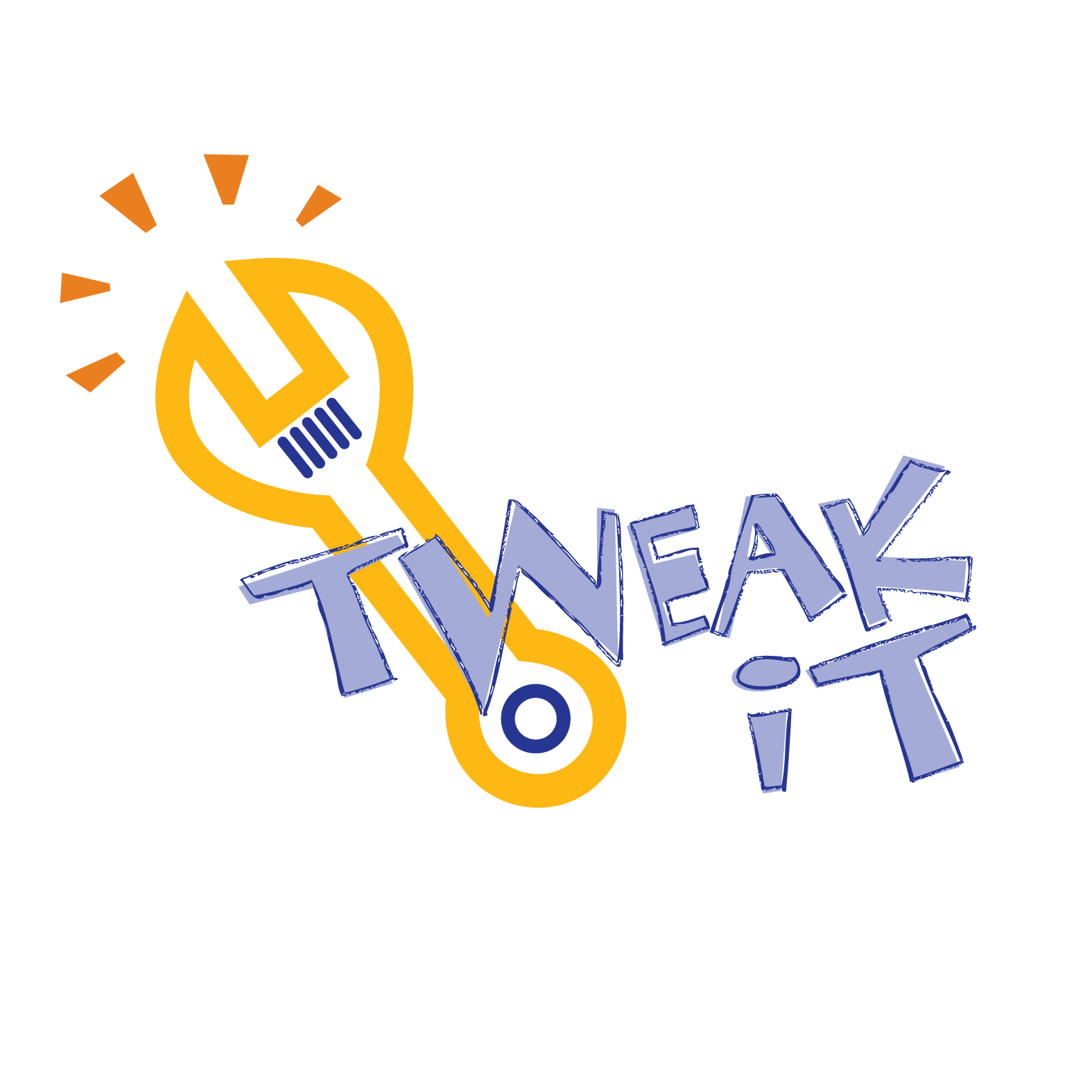
Step Six: Tweak it
Tweak it using the feedback you got in the Try it step, identify ways you can improve your invention. Keep working on your idea!

Step Seven: Sell it
Once you’ve created your invention, you want people to start using it! How will you convince others to try your invention? Think about your target audience. Then create a “fact sheet”
or a video or a written pitch about your invention. What natural disaster preparation or relief problem does it help to solve? Who should actually use it? How does it work? How is it
different from other inventions? Answer these questions to explain how your invention will help people affected by natural disasters!
